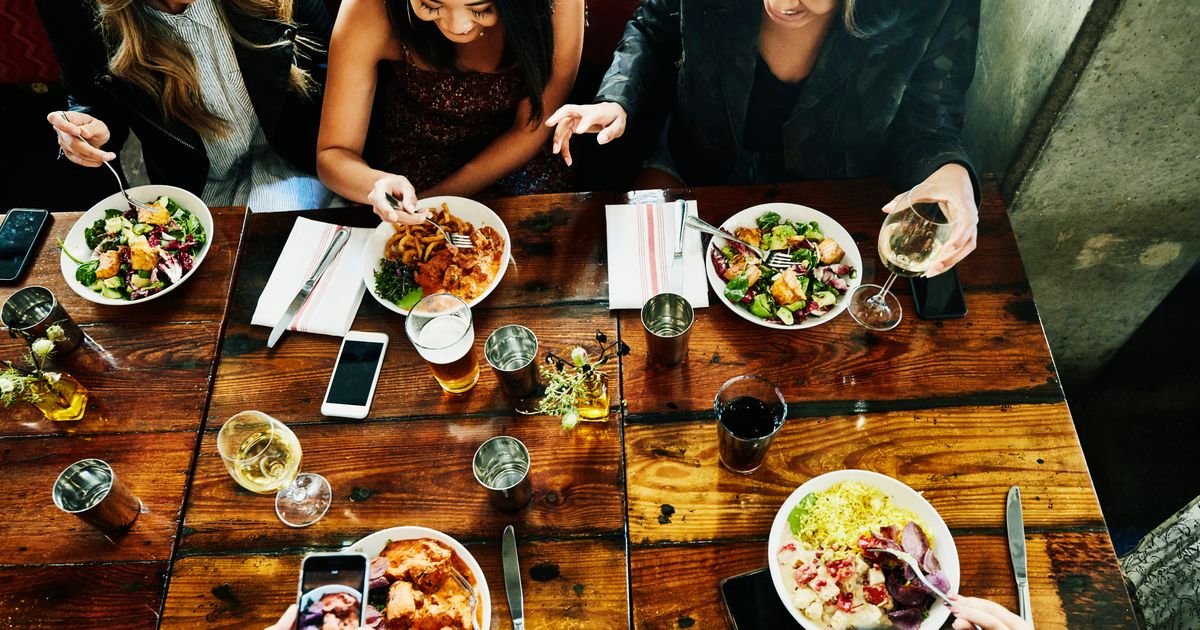
FYI, A Noisy Restaurant Can Impact Your Food Choices — Even How It Tastes
HuffPost
Researchers over the past few decades have been studying the impact of sound — everything from music type, loudness and tempo — on food.
Nothing quite ruins a nice night out like a meal where you have to shout to talk to your dinner mate. And as it turns out, there’s scientific proof that loud noises aren’t just drowning out your conversations — they may also be influencing your meal choices.
“There’s not a very high level of awareness and education about what comprises a dangerous sound environment,” said Gregory Scott, founder of SoundPrint, a smartphone application that allows users to measure and track decibel levels (dBA) in public places. Dealing with hearing loss, Scott created the app after his own frustration of not being able to have conversations with people in public spaces.
People have “never been exposed to sound level guidelines or they misunderstand them,” Scott noted. While he is not a health professional or researcher, SoundPrint data provides a snapshot of U.S. restaurants and other public spaces, including cafes and movie theaters.
From the data collected in 2023, SoundPrint found that 63% of restaurants were too loud for conversation. SoundPrint categorizes the sound levels of public spaces in four categories: quiet (under 70 dBA), moderate (71-75 dBA), loud (76-80 dBA) and very loud (over 81 dBA), which means that a majority of restaurants tested with the app were categorized as loud or very loud.
Loud noise can have a deleterious impact on people’s hearing. The National Council on Aging reports 70 dB is the threshold for healthy sounds; below 70 dB is safe, over 70 dB can be harmful. 60 dB is a normal conversation and 120 dB is an emergency vehicle or saw mill.













